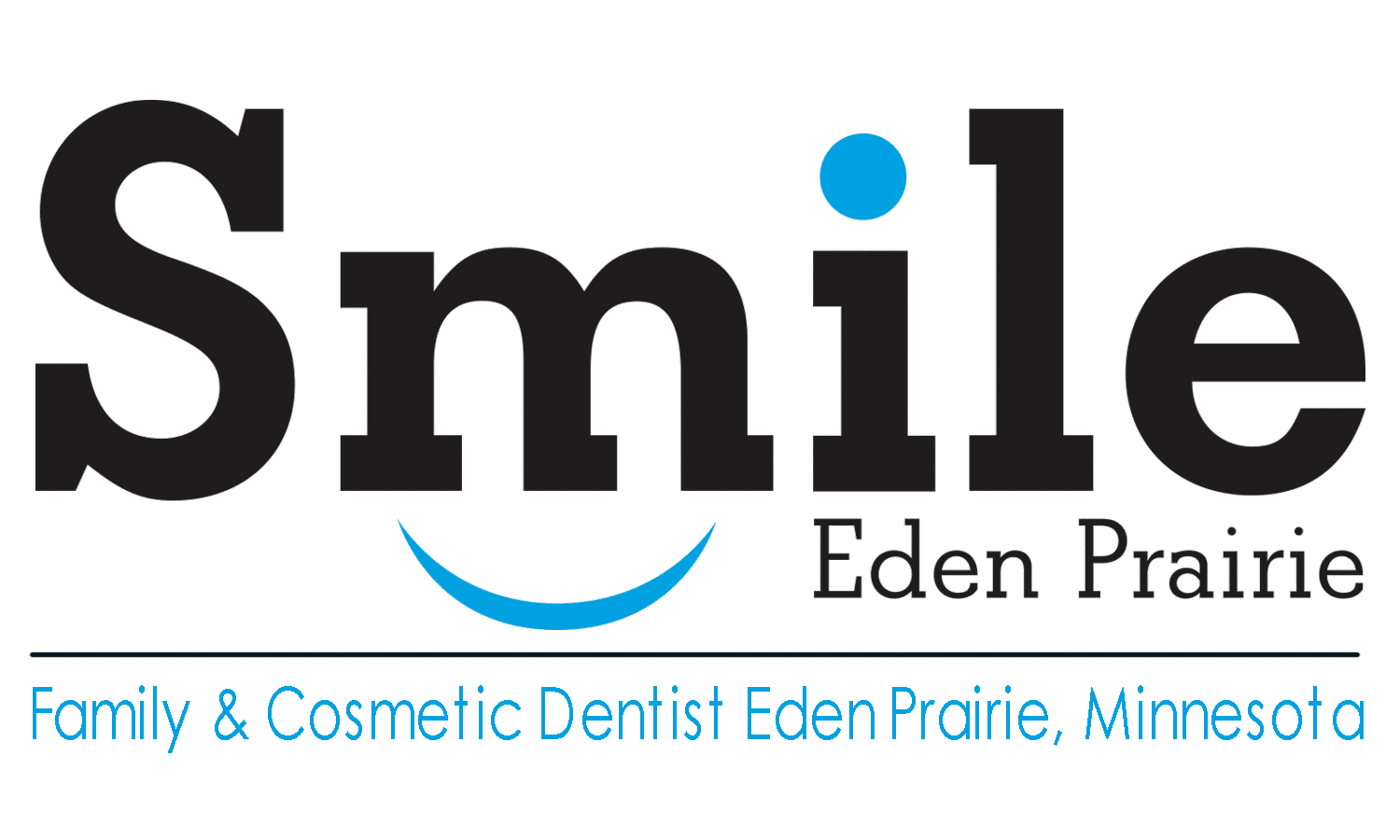History of Dentistry
Tooth decay was relatively minimal in pre-agricultural societies. With the progression of farming societies nearly 10,000 years ago, there was an increase in tooth decay which ultimately lead to cavities. The oldest known dentistry is represented by an infected tooth from Italy which was partially cleaned with flint tools. It dates back between 13,820 and 14,160 years. There was a study in 2017 which suggested that approximately 130,000 years ago, the Neanderthals were found to be using extremely basic dental tools. There has also been evidence of dentistry practiced by the Indus Valley Civilization (IVC) dating as far back as 7000 BC. An IVC site indicated that their dentistry practices involved treating teeth with bow drills which were possibly operated by skilled bead crafters. The reconstruction of these ancient forms of dentistry demonstrated that the methods being used were both reliable and effective. The earliest dental filling, which was created from beeswax, was found in Slovenia and dates back 6500 years. Dentistry was also practiced in prehistoric Malta. A skull was discovered with an abscess lanced from the root of a tooth and dated back to around 2500 BC.
Between 1650 and 1800 is when records indicate the science of modern dentistry was developed. The English physician Thomas Browne in his “A Letter to a Friend” made an early dental observation with his well-known humor:
The Egyptian Mummies that I have seen, have had their Mouths open, and somewhat gaping, which affordeth a good opportunity to view and observe their Teeth, wherein 'tis not easy to find any wanting or decayed: and therefore in Egypt, where one Man practiced but one Operation, or the Diseases but of single Parts, it must needs be a barren Profession to confine unto that of drawing of Teeth, and little better than to have been Tooth-drawer unto King Pyrrhus, who had but two in his Head.
Pierre Fauchard, a French surgeon, soon became known as the "father of modern dentistry". While there were significant limitations of the surgical instruments available during the late 17th and early 18th centuries were primitive at best, Fauchard was a highly skilled surgeon. Fauchard made remarkable improvisations of the available dental instruments. He frequently adapted tools from watchmakers, jewelers and even barbers, which he thought could be useful in dentistry. A notable finding was his instruction and use of dental fillings in the treatment of dental cavities. He claimed that sugar derivate acids, such as tartaric acid, were responsible for tooth decay. He also suggested that tumors around the teeth and in the gums could be found in the later stages of tooth decay.
Fauchard was also the pioneer of dental prosthesis. He created many different methods to use in order to replace missing teeth. He suggested that substitutes could be created from carved blocks of ivory or bone. He also introduced the concept of dental braces, though they were initially made of gold. He discovered that the position of teeth could be adjusted as the teeth would follow the pattern of the wires. Waxed linen or silk threads were often used to connect the braces. Many of his contributions to dental science are found in his 1728 publication “Le chirurgien dentist” or The Surgeon Dentist. The French publication contained basic oral anatomy and function, dental construction, and various operative and restorative techniques. The publication profoundly separated dentistry from the broader category of surgery.
After Fauchard, the study of dentistry expanded rapidly. Major advances were made throughout the 19th century when dentistry evolved from its origins as a trade into a well-respected profession. The profession fell under governmental regulations before the end of the 19th century.

